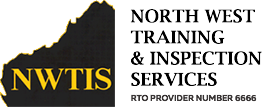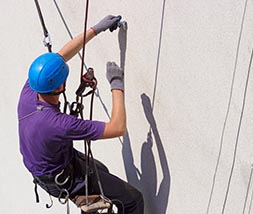The vast majority of construction and a wide range of other jobs today include ongoing work at great heights. To avoid any unnecessary risks, and to provide the appropriate protection to your staff, they must undergo the proper EWP training. Wherever you are located throughout the Pilbara, Karratha, Newman, Onslow and surrounds, the team at NWTIS have courses available to offer the skillsets needed for all types of environments. This includes instilling an understanding of basic safety requirements whilst working at heights to either prevent or mitigate accidents during operations.
Start with assessing the risks
No two projects are completely the same, so a thorough risk assessment is a necessary step that must be considered before undertaking the job. During this process, you will need to develop an effective plan of work and understand which tools you will need, in order to ensure the safety of those working at heights.
This type of risk assessment process should consist of the following steps:
1. Identifying the hazards associated with falls.
Where will the work take place (platforms, ladders, roofs, etc.)? Answer this question to choose the right set of tools necessary for preventing the fall from this particular structure.
2. Identifying the hazards to individuals.
Who exactly will perform the job? Are some of these people at higher risk than others? Compile the working teams based on their experience and individual skills to reduce the risks.
3. Identifying the additional dangers.
Are some parts of the structure unstable? Are there any difficulties with scaffolding or using ladders, etc.? Does the structure have any measures to increase/decrease the risks of working at heights?
At this stage of your assessment, you will need to examine the structure in minute detail to ensure that you plan for every eventuality. Do not forget that it’s not only the building itself that must be taken into account, but the surrounding area and weather as well.
4. Recording your findings.
Records are necessary to ensure you don’t miss anything and they can be used in case any legal action must be taken.
5. Reviewing the assessment.
Many of the projects that involve this type of work are long-term, so the risks need to be re-assessed after every major change. This way, you will be able to update your anti-hazard measures accordingly.
Embrace good practices of working at heights
Each method used to perform these jobs has its own set of safety practices. For example, working with ladders entails erecting them at a correct angle and positioning them in a specific way to avoid over-reaching and other problems. Mobile elevated platforms will require ground preparation and a trained operator.
You will need to study the safety guidelines for each specific method and tool and follow them, as well as educate your workers about these rules.

